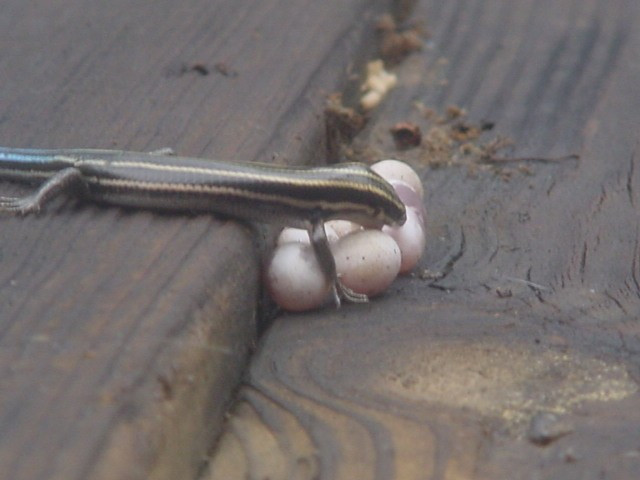New Threatened Reptiles Discovered in Caribbean

As many as 24 new species of lizards from the Caribbean islands have been identified for the first time by researchers from the US in addition to the six known existing species in the region.
The team also found nine additional species that were previously described but considered as invalid. Hence, as per the researchers, the region now houses a total of 39 skink species.
However, according to Blair Hedges, a biology professor at Penn State University who led the research team, around half of the new species identified are already on the verge of extinction with the other half already being extinct and misclassified in museums across Europe and the US.
"They misclassified them, but it's not their fault. Very few people can set aside that amount of time in their life to look at skinks every day," the Associated Press quoted Blair saying about the five-year study.
The findings of the new study have been published in the latest edition of the journal Zootaxa.
The new reptile species found are on the verge of extinction mainly due to effects of deforestation and also because of introduced predators like the small Indian mongoose.
As per the new report, the invasive predator was introduced as a biological control of rats in sugarcane fields in the late nineteenth century. This led to immediate reduction in the number of skinks and other reptiles in the area. The ground dwelling and diurnal habits of skinks reportedly made them particularly susceptible to mongoose predation.
LiveScience reported that "New World" skinks, like those identified, arrived in the Americas about 18 million years ago from Africa, possibly by floating on mats of vegetation. Their claim to fame comes from their ability to produce a humanlike placenta, the organ that connects growing offspring to essential nutrients from the mama.
According to the new report, all the Caribbean Island skink species are listed in the IUCN Redlist criteria as threatened species. Among them, 27 species (around 71%) are critically endangered, 6 species (around 16%) endangered and 5 species (around 13%) are vulnerable.
© Copyright IBTimes 2025. All rights reserved.



















